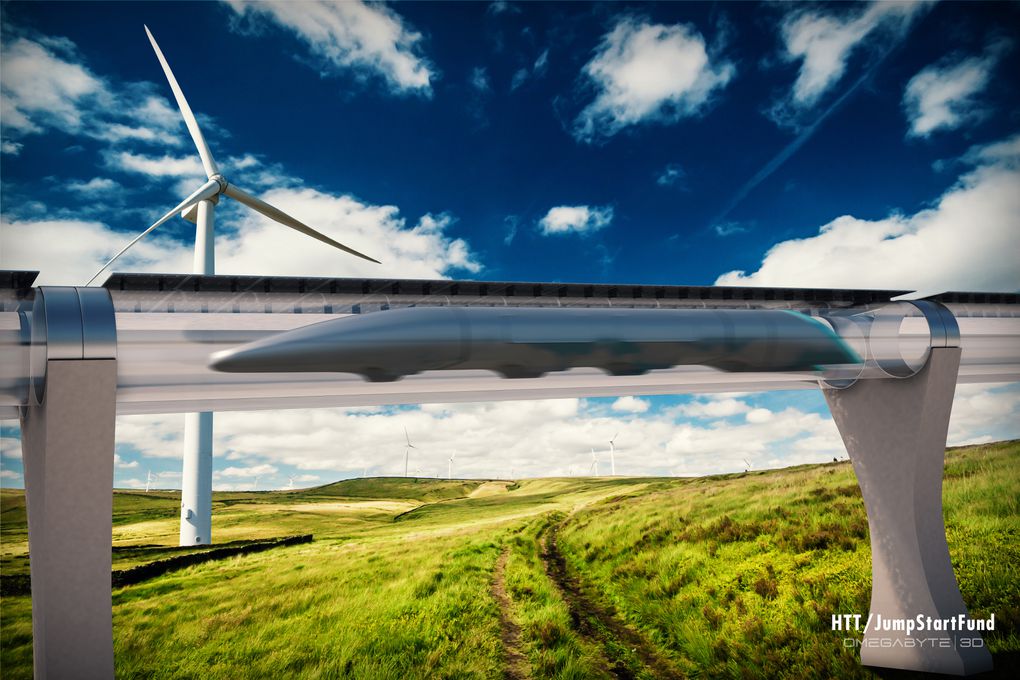Now we can add the CBO to the list. Jonathan Chait spells out the ugly details. You should read the whole thing but here are a few key paragraphs.
The Congressional Budget Office is a 40-year-old institution that has acquired enormous clout within Washington by virtue of its reputation for ideological neutrality. It furnishes Congress and the public with budgetary estimates that, if necessarily imperfect (as all predictions must be), are arrived at fairly. It is also a perfect modern expression of an old Progressive Era–ideal: that policymakers should be informed by the work of impartial experts. That the conservative majority has set out to corrupt this institution as one of its first major acts is, therefore, perfectly fitting.
The old methods CBO used to measure legislation would account for changes in behavior that a new law might create. (Say, higher cigarette taxes would lead to less smoking.) They did not attempt to measure legislation’s impact on the economy as a whole. This is because the two parties disagree completely over what policies make the economy grow faster. Democrats, for instance, believe that tax rates on the rich have little effect on economic growth, but that investing in public infrastructure or education has a lot. Republicans believe the opposite. Congress voted yesterday to require the CBO’s measurement of the budgetary cost of legislation to incorporate assumptions about how it will affect economic growth. Specifically, the GOP's assumptions.
...
The whole reason the Republican Congress is instituting dynamic scoring comes as a response to its attempt to write a tax reform bill last year. The idea was to lower tax rates while eliminating loopholes and preferences. But Republicans discovered that, while lowering rates is easy, eliminating preferences is hard. After Representative Dave Camp produced a tax reform bill that failed to cut tax rates for high-income taxpayers enough for their liking, Republicans abandoned it en masse. Paul Ryan openly declared his plan to change the forecasting rules so that Republicans could cut tax rates without having to pay for every dollar by ending preferences. The first step was kicking out Douglas Elmendorf, the CBO director widely respected by both sides. The second step was yesterday’s vote.
...
The new, “dynamic” CBO will be systematically biased to make conservative proposals appear misleadingly cheap and liberal proposals misleadingly costly to the public fisc. This would be true even if the Republicans were soliciting a fair range of forecasting perspectives. By its design, the dynamic scoring rule allows the party in power to game its effects. It applies “dynamic scoring” only to legislation affecting 0.25 percent of Gross Domestic Product. As Chye-Ching Huang and Paul Van de Water point out, congressional leaders can manipulate this requirement easily: They can break up large pieces of legislation into smaller bills to avoid dynamic scoring, or combine smaller pieces into a major bill, if needed to make their agenda appear more affordable. Dynamic scoring is subject to abuse by its very design.



